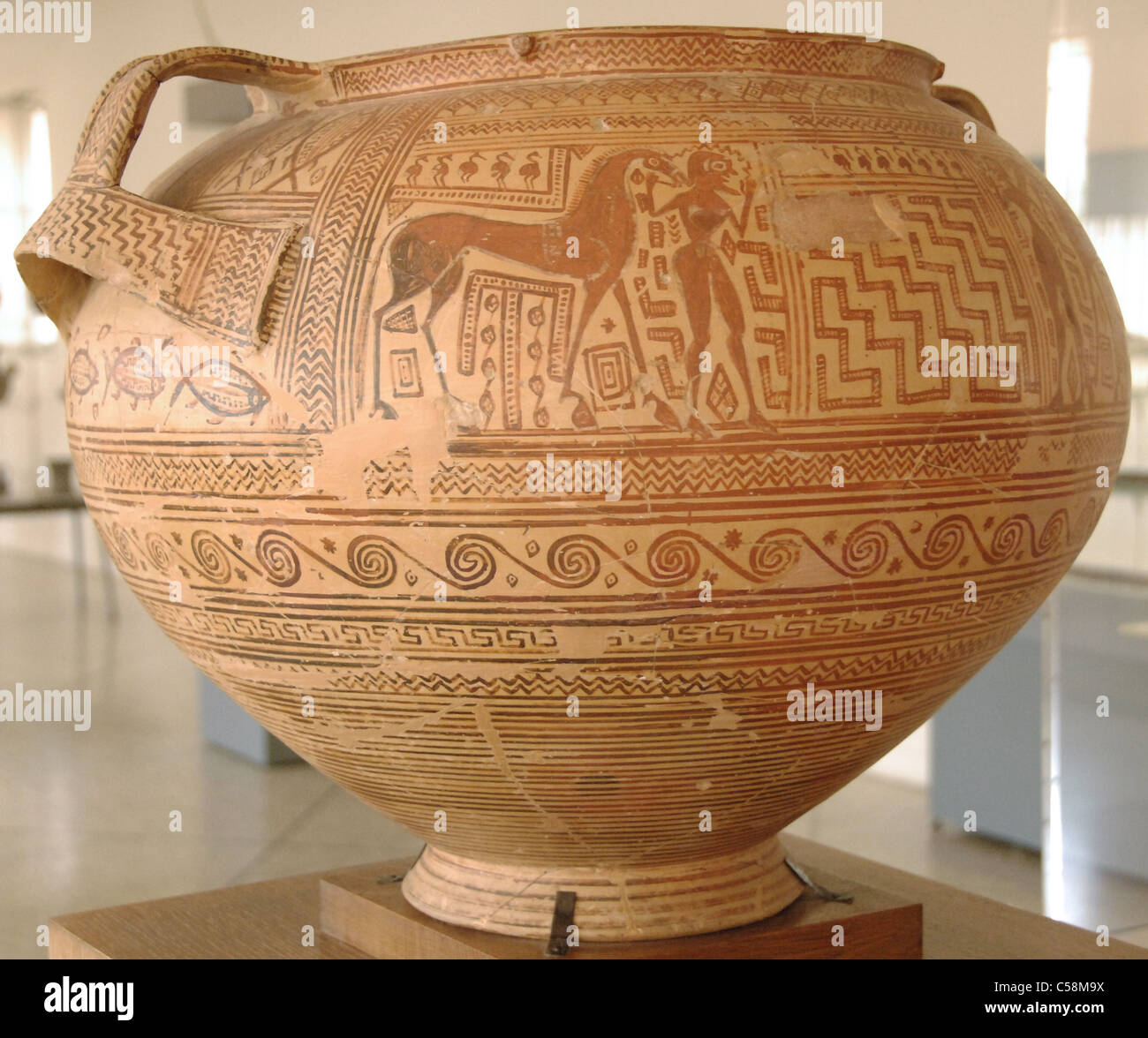

TGO arrived at Mars in 2016 and began its full science mission in 2018.

Understanding the history of water on Mars and if this once allowed life to flourish is at the heart of ESA’s ExoMars missions. These features are likely a result of seasonal changes in temperature that cause cycles of expansion and contraction of the ice-rich material, eventually leading to the development of fractures. One of the notable features in the crater deposits is the presence of quasi-circular and polygonal patterns of fractures. Just like on Earth, Mars’ tilt gives rises to seasons, but unlike Earth its tilt has changed dramatically over long periods of time. It is thought that these deposits were laid down during an earlier time in Mars’ history when the inclination of the planet’s spin axis allowed water-ice deposits to form at lower latitudes than it does today. The interior of the crater is filled with deposits that are probably water-ice rich. The image was taken by the CaSSIS camera onboard the ESA/Roscosmos ExoMars Trace Gas Orbiter (TGO) on 13 June 2021 in the vast northern plains of Acidalia Planitia, centred at 51.9°N/326.7☎. Tree rings provide snapshots of Earth’s past climate and, although formed in a very different way, the patterns inside this crater reveal details of the Red Planet’s history, too. It’s actually an impressive birds-eye view into an ice-rich impact crater on Mars.

This feature could easily be mistaken for a tree stump with characteristic concentric rings.


 0 kommentar(er)
0 kommentar(er)
